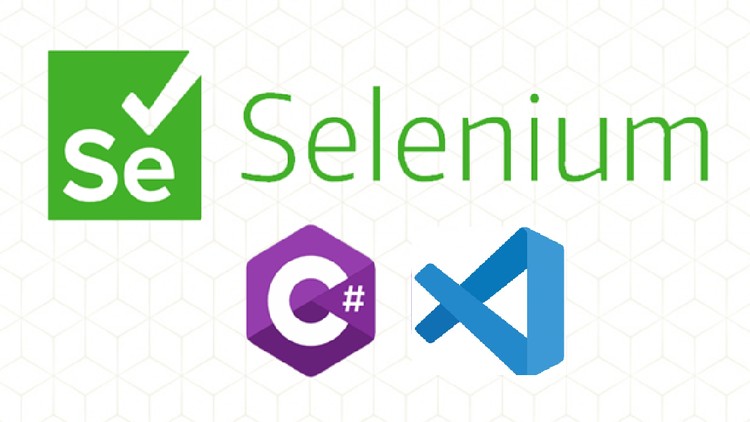
basics
What you will learn
Introduction to Selenium and Automation Testing
Setting Up Selenium with C# in Visual Studio
Working with Selenium WebDriver
Locating Elements Using Different Strategies
Why take this course?
This course is designed for software developers and testers who want to gain hands-on experience with automated web testing using Selenium WebDriver and C# in Visual Studio. It provides an in-depth introduction to automated testing principles and equips learners with the tools necessary to create, execute, and maintain robust automated tests for web applications.
This course is designed for software developers and testers who want to gain hands-on experience with automated web testing using Selenium WebDriver and C# in Visual Studio. It provides an in-depth introduction to automated testing principles and equips learners with the tools necessary to create, execute, and maintain robust automated tests for web applications.
Throughout the course, participants will:
- Understand the basics of automated testing: Learn why automated testing is essential for modern software development, the benefits it offers, and how it integrates into the software development lifecycle.
- Get familiar with Selenium WebDriver: Explore how Selenium WebDriver is used to interact with web applications, automate browser actions, and simulate real user behavior.
- Set up Selenium WebDriver in Visual Studio: Learn how to install and configure Selenium WebDriver in Visual Studio, including setting up C# and NuGet packages for optimal development.
- Write and execute automated tests: Learn how to write Selenium test scripts in C# to validate web applications. Topics include identifying elements using XPath, CSS selectors, and other locators, as well as interacting with web elements such as buttons, text fields, dropdowns, and links.
- Implement advanced test scenarios: Dive deeper into handling dynamic elements, working with JavaScript, and using waits for synchronization in your tests.
- Integrate with test frameworks: Learn how to integrate your Selenium tests with testing frameworks like NUnit or MSTest, to create organized, reusable test suites.
- Create reports and logging: Learn how to generate and manage test reports, log results, and troubleshoot test failures.
- Best practices for test automation: Understand key strategies to ensure your test scripts are maintainable, scalable, and efficient.
- Understand the basics of automated testing: Learn why automated testing is essential for modern software development, the benefits it offers, and how it integrates into the software development lifecycle.